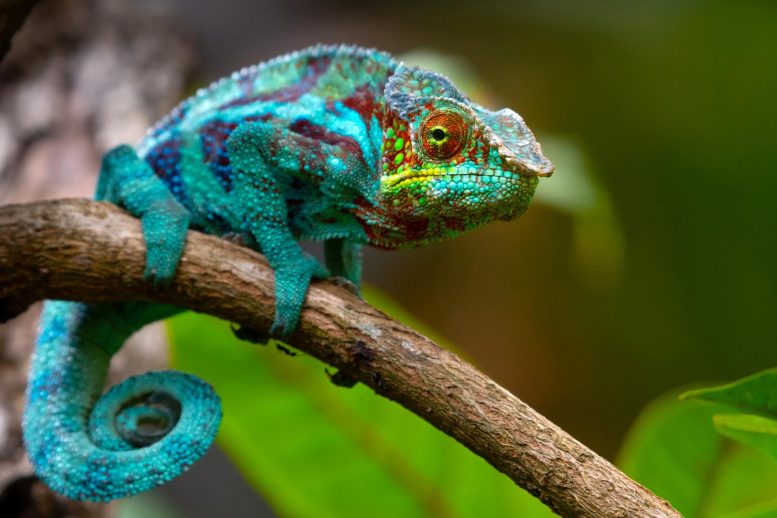
Scientists mimic chameleons’ color-changing with a flexible film that responds to stretching, pressure, and humidity.
Chameleons can famously change their colors to camouflage themselves, communicate, and regulate their temperature. Scientists have tried to replicate these color-changing properties for stealth technologies, anti-counterfeiting measures, and electronic displays, but the materials have limitations.
Now, researchers have developed a flexible film that changes color in response to stretching, pressure, or humidity. They report their results in ACS Applied Materials & Interfaces.
Watch a video of the chameleon-inspired material here:
By tensing or relaxing their skin, chameleons can change the way light reflects from guanine crystals under the surface, producing what’s known as structural coloration. These structural colors are different from the pigments that give many other creatures their hues.
Scientists have mimicked the crystalline nanostructures of chameleon skin in various color-changing materials, but they’re typically difficult to produce, or they rely on non-renewable petroleum resources. In contrast, cellulose nanocrystals are renewable material that can self-assemble into a film with iridescent structural colors. However, the films are typically fragile and, unlike chameleon skin, can’t be stretched without breaking. Fei Song, Yu-Zhong Wang, and colleagues wanted to develop a highly flexible film made of cellulose nanocrystals that changes color when stretched.
To increase the flexibility of cellulose nanocrystals, the researchers added a polymer called PEGDA and used UV light to crosslink it to the rod-shaped nanocrystals, producing films with bright iridescent colors ranging from blue to red, depending on the PEGDA amount. The films were both strong and flexible, stretching up to 39% of their original length before breaking. During stretching, the color of one film gradually changed from red to green, and then changed back when relaxed.
According to the researchers, this is the first time that stretching- and relaxing-induced, reversible structural color changes that are brilliant and visible to the naked eye have been realized for cellulose nanocrystal materials. The film also changed color with pressure and humidity, allowing the team to show or hide writing made by an inkless pen. The new bio-based smart skin could find applications in strain sensing, encryption, and anti-counterfeiting measures, the researchers say.
Reference: “Chameleon-Inspired Variable Coloration Enabled by a Highly Flexible Photonic Cellulose Film” by Ze-Lian Zhang, Xiu Dong, Yi-Ning Fan, Lu-Ming Yang, Lu He, Fei Song, Xiu-Li Wang and Yu-Zhong Wang, 23 September 2020, ACS Applied Materials & Interfaces.
DOI: 10.1021/acsami.0c13551
The authors acknowledge funding from the National Natural Science Foundation of China, the Science and Technology Fund for Distinguished Young Scholars of Sichuan Province, the State Key Laboratory of Polymer Materials Engineering and the Fundamental Research Funds for the Central Universities.


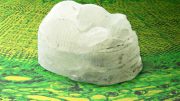
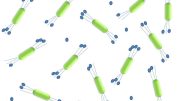
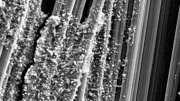

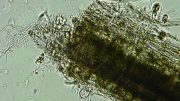
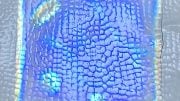
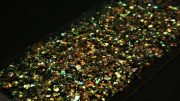
good